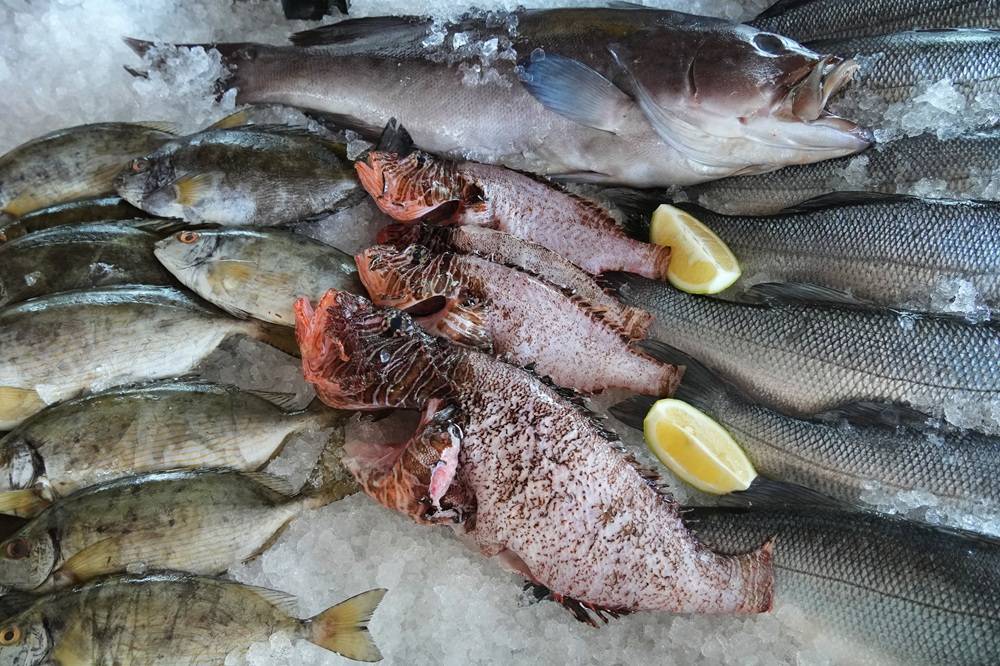The only emperor penguin known to have swum from Antarctica to Australia was released at sea 20 days after he waddled ashore on a popular tourist beach, officials said Friday.
The adult male was found on Nov. 1 on Ocean Beach sand dunes in the town of Denmark in temperate southwest Australia — about 3,500 kilometers north of the icy waters off the Antarctic coast, the Western Australia state government said. He was released from a Parks and Wildlife Service boat on Wednesday, The Associated Press reported.
The boat traveled for several hours from the state’s most southerly city of Albany before the penguin was released into the Southern Ocean, but the government didn't give the distance in its statement.
He had been cared for by registered wildlife caregiver Carol Biddulph, who named him Gus after the first Roman emperor Augustus.
“I really didn’t know whether he was going to make it to begin with because he was so undernourished,” Biddulph said in video recorded before the bird’s release but released by the government on Friday.
“I’ll miss Gus. It’s been an incredible few weeks, something I wouldn’t have missed,” she added.
Biddulph said she had found from caring for other species of lone penguins that mirrors were an important part of their rehabilitation by providing a comforting sense of company.
“He absolutely loves his big mirror and I think that has been crucial in his well-being. They’re social birds and he stands next to the mirror most of the time,” she said.
Gus gained weight in her care, from 21.3 kilograms when he was found to 24.7 kilograms. He stands 1 meter tall. A healthy male emperor penguin can weigh more than 45 kilograms.
The largest penguin species has never been reported in Australia before, University of Western Australia research fellow Belinda Cannell said, though some had reached New Zealand, nearly all of which is further south than Western Australia.
The government said with the Southern Hemisphere summer approaching, it had been time-crucial to return Gus to the ocean where he could thermoregulate.
Emperor penguins have been known to cover up to 1,600 kilometers on foraging journeys that last up to a month, the government said.
Emperor Penguin Released at Sea 20 Days after Waddling Onto Australian Beach

In this photo released by Department of Biodiversity, Conservation and Attractions (DBCA), a male emperor penguin dubbed Gus, is released back into the ocean off the south coast of Western Australia, Wednesday Nov. 20, 2024. (Miles Brotherson/DBCA via AP)

Emperor Penguin Released at Sea 20 Days after Waddling Onto Australian Beach

In this photo released by Department of Biodiversity, Conservation and Attractions (DBCA), a male emperor penguin dubbed Gus, is released back into the ocean off the south coast of Western Australia, Wednesday Nov. 20, 2024. (Miles Brotherson/DBCA via AP)
لم تشترك بعد
انشئ حساباً خاصاً بك لتحصل على أخبار مخصصة لك ولتتمتع بخاصية حفظ المقالات وتتلقى نشراتنا البريدية المتنوعة








